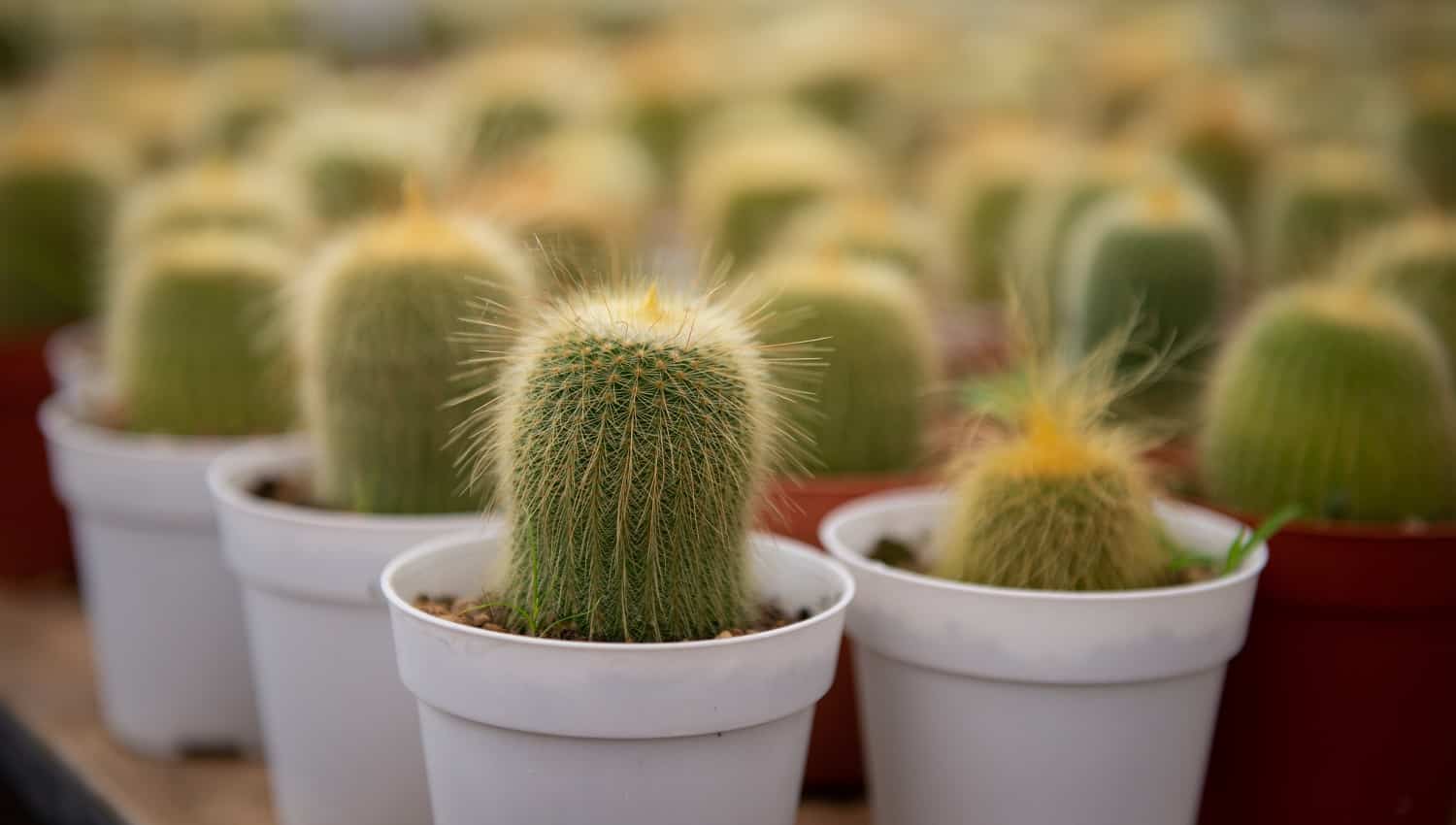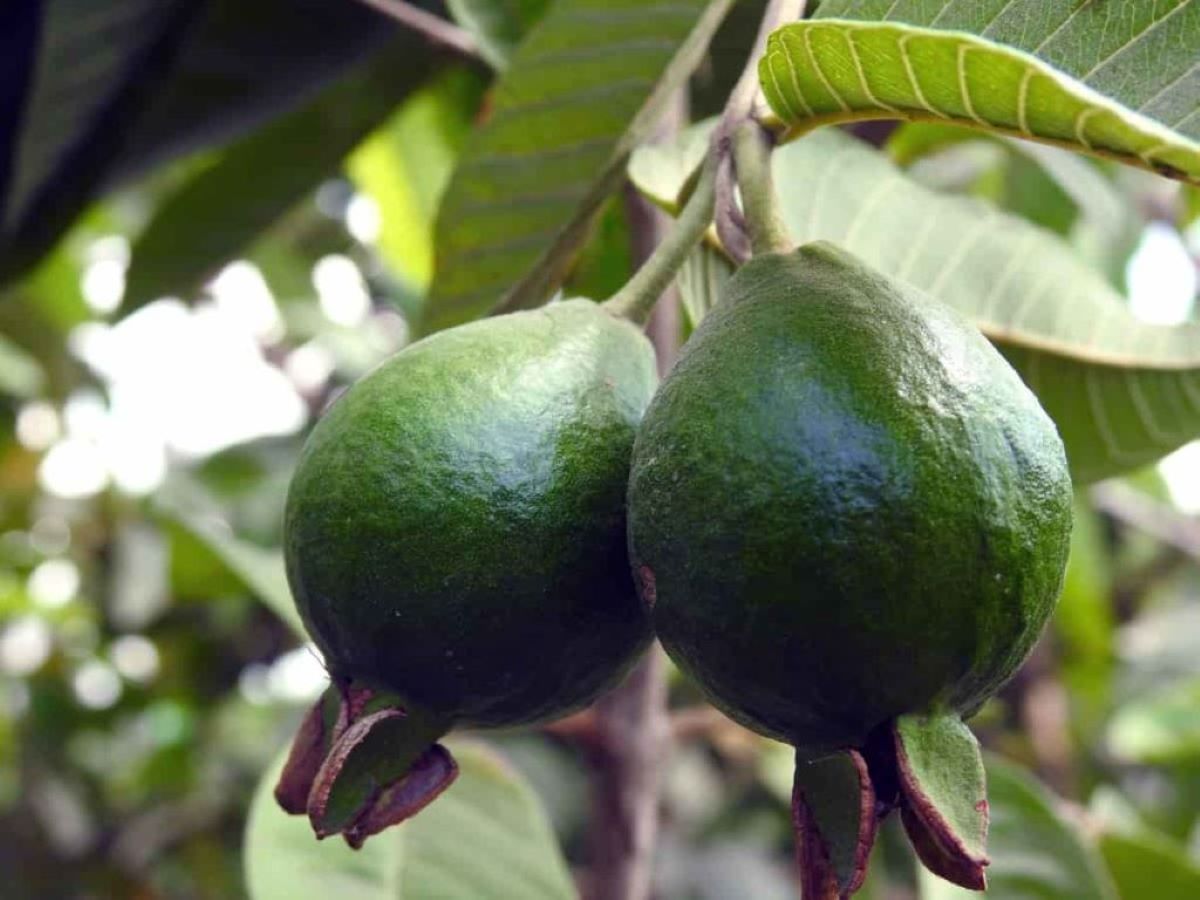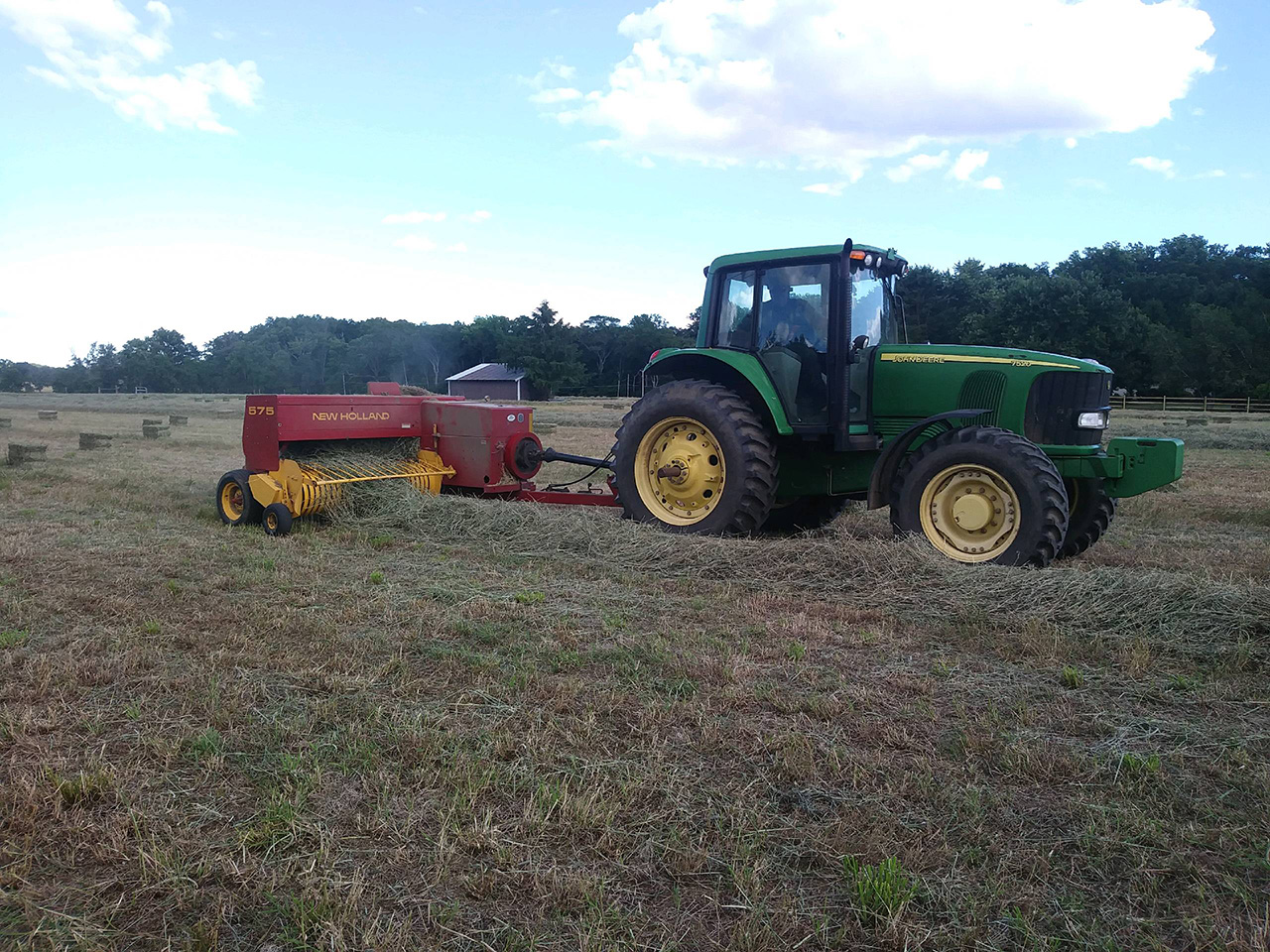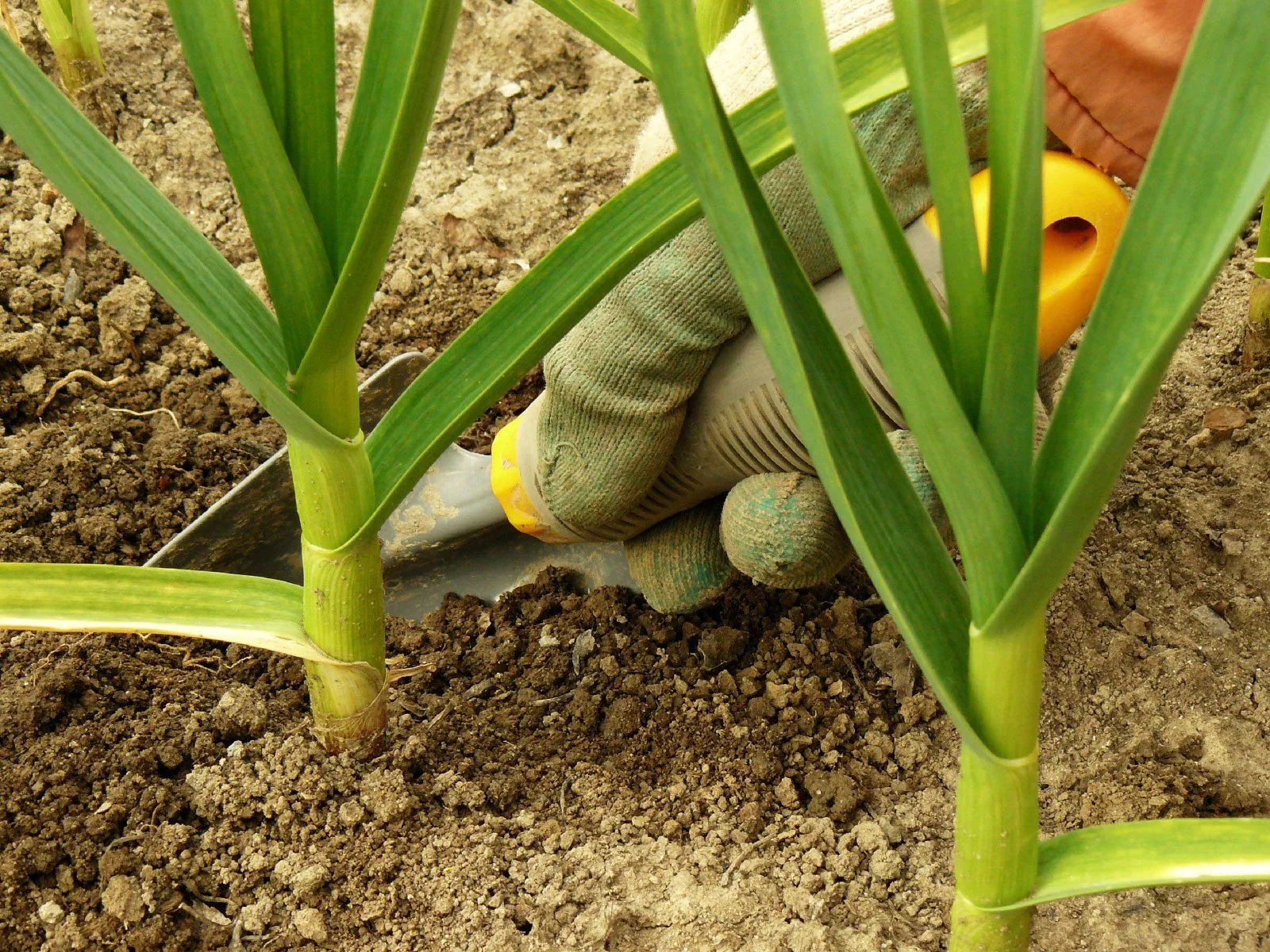Home>Types of Gardening>Edible Gardening>What Is The Best Fertilizer For Soybeans
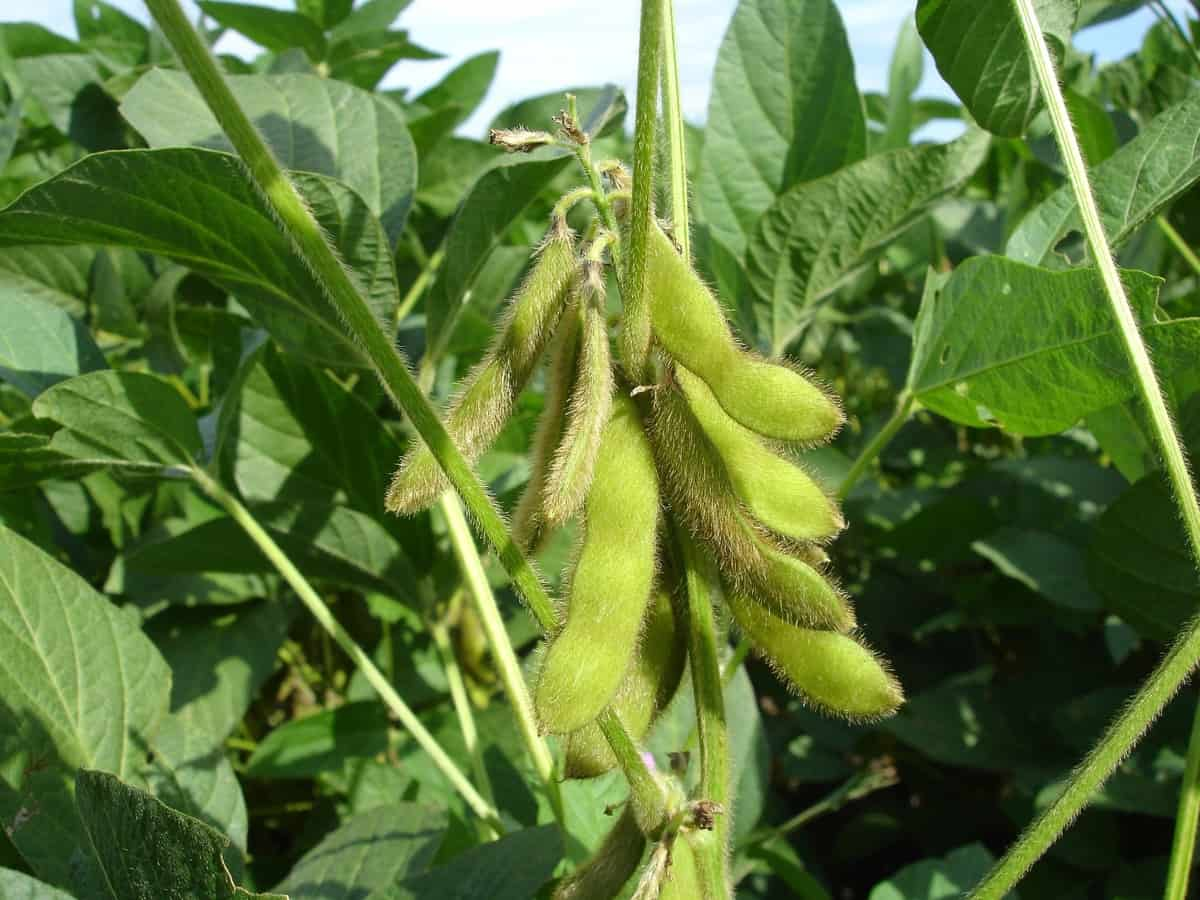

Edible Gardening
What Is The Best Fertilizer For Soybeans
Modified: January 22, 2024
Looking for the best fertilizer for soybeans? Discover the essential tips for edible gardening and maximize your soybean harvest with our expert recommendations.
(Many of the links in this article redirect to a specific reviewed product. Your purchase of these products through affiliate links helps to generate commission for Chicagolandgardening.com, at no extra cost. Learn more)
Table of Contents
- Introduction
- Factors to Consider in Choosing Fertilizer for Soybeans
- The Role of Nitrogen in Soybean Fertilization
- The Importance of Phosphorus and Potassium for Soybeans
- Secondary Nutrients and Micronutrients for Soybean Fertilization
- Organic vs. Synthetic Fertilizers for Soybeans
- Timing and Application Methods of Soybean Fertilization
- Popular Fertilizer Brands for Soybeans
- Conclusion
Introduction
Welcome to the fascinating world of edible gardening! There is something incredibly satisfying about growing your own food and reaping the rewards of your hard work. Edible gardening not only allows you to enjoy fresh and nutritious produce but also provides an opportunity to reconnect with nature, reduce your ecological footprint, and gain a deeper understanding of the food we consume.
One of the key aspects of successful edible gardening is providing the right nutrients to your plants, and this holds particularly true for soybeans. Soybeans are a versatile and nutritious legume that requires specific fertilization practices to maximize their growth and yield. In this article, we will explore the various factors to consider when choosing the best fertilizer for soybeans and how to optimize their nourishment.
When it comes to fertilizing soybeans, it’s essential to understand the unique nutritional needs of these plants. Soybeans are known as nitrogen-fixing legumes, meaning they have a symbiotic relationship with specific bacteria that can pull nitrogen from the atmosphere and convert it into a usable form for the plants. However, they still require additional nutrients, including phosphorus, potassium, secondary nutrients, and micronutrients, to fulfill their growth requirements.
As an edible gardener, you have the option to choose between organic and synthetic fertilizers. Organic fertilizers are derived from natural sources such as compost, manure, and plant-based materials. These fertilizers not only provide the essential nutrients but also improve the soil structure and enhance microbial activity. On the other hand, synthetic fertilizers are manufactured and often formulated to provide specific nutrient ratios to meet the plants’ needs. Each type of fertilizer has its benefits and considerations, so it’s important to choose one that aligns with your gardening principles and goals.
Factors to Consider in Choosing Fertilizer for Soybeans
Choosing the right fertilizer for your soybeans is crucial for their overall health and productivity. Several factors should be considered when making this decision:
- Soil Nutrient Levels: Before applying any fertilizer, it’s important to know the nutrient levels in your soil. Conducting a soil test will help determine which nutrients are deficient and guide you in selecting the appropriate fertilizer.
- Nutrient Requirements: Soybeans have specific nutrient requirements at different growth stages. Understanding these requirements will enable you to choose a fertilizer with the right nutrient ratios and timing.
- Planting Method: The method used to plant soybeans can impact the fertilizer application. For example, if you’re using a no-till method, you might consider a fertilizer formulation that can be injected into the soil to reach the plant’s root zone.
- Environmental Factors: Consider the climate, rainfall patterns, and soil characteristics in your region. Certain fertilizers may be more suitable for specific environmental conditions.
- Cost and Availability: Evaluate the cost-effectiveness and availability of different fertilizer options. Consider both short-term and long-term benefits when making this decision.
By considering these factors, you can ensure that the fertilizer you choose provides the necessary nutrients to support the healthy growth and development of your soybean plants.
The Role of Nitrogen in Soybean Fertilization
Nitrogen plays a crucial role in soybean fertilization, even though soybeans have the ability to fix atmospheric nitrogen through a symbiotic relationship with specific bacteria in their root nodules. However, additional nitrogen supplementation may still be necessary to meet the plant’s increased nutrient demands during certain growth stages.
Nitrogen is an essential macronutrient that contributes to various physiological processes within soybean plants. It is heavily involved in promoting vegetative growth, increasing chlorophyll production, enhancing photosynthesis, and improving overall plant vigor. Adequate nitrogen levels in the soil can lead to healthier and more productive soybean crops.
When considering nitrogen fertilization for soybeans, it’s important to understand the optimal timing and application methods. Early-season nitrogen application is generally discouraged as this can lead to excessive vegetative growth, which may negatively impact seed pod development and ultimately reduce yields. Instead, it is recommended to apply nitrogen during key growth stages such as the reproductive phase, when the demand for nitrogen increases to support pod and seed development.
There are various nitrogen fertilization methods available for soybeans, including pre-plant application, side-dress application, and foliar application. Pre-plant application involves incorporating nitrogen fertilizer into the soil before planting the soybeans. Side-dress application refers to applying nitrogen fertilizer alongside the growing plants during the vegetative growth stages. Foliar application involves spraying a nitrogen solution directly onto the foliage of the soybean plants.
Ultimately, the decision to apply additional nitrogen to soybeans will depend on several factors, including soil nutrient levels, growth stage, environmental conditions, and yield goals. Regular soil testing and monitoring the overall plant health can help determine if additional nitrogen supplementation is necessary for optimal soybean growth and yield potential.
The Importance of Phosphorus and Potassium for Soybeans
Phosphorus and potassium are two essential nutrients for soybean plants, playing vital roles in their growth, development, and overall productivity. Understanding the importance of these macronutrients and implementing appropriate fertilization practices is crucial for achieving successful soybean cultivation.
Phosphorus plays a critical role in various physiological processes within soybean plants. It is responsible for promoting root development, flowering, fruiting, and the transfer of energy throughout the plant. Adequate phosphorus levels in the soil are necessary for optimal seed production, early root establishment, and improved stress tolerance in soybeans.
Potassium, on the other hand, is essential for maintaining overall plant health and vigor. It helps regulate water movement within the plant, aids in nutrient transport, and enhances disease resistance. Potassium also plays a crucial role in improving soybean quality, including protein and oil content.
When it comes to fertilizing soybeans with phosphorus and potassium, it is essential to consider several factors. Soil testing is crucial to determine the existing nutrient levels in the soil and to calculate the required amounts of phosphorus and potassium for optimal plant growth. The appropriate fertilizer formulation and application rates can then be determined based on the soil test results.
Typically, phosphorus and potassium fertilizers are applied before planting as a basal application or incorporated into the soil. This ensures that the nutrients are easily accessible to the developing soybean plants during their early growth stages. Side-dressing or top-dressing applications can also be considered during later growth stages if deficiencies are detected or to sustain nutrient availability throughout the growing season.
It is important to note that excessive application of phosphorus and potassium should be avoided as it can lead to nutrient imbalances and environmental pollution. Therefore, following recommended application rates and utilizing soil tests for determining nutrient needs is crucial.
Overall, incorporating proper fertilization practices that address the phosphorus and potassium requirements of soybean plants will contribute significantly to their overall health, yield potential, and quality of harvested produce.
Secondary Nutrients and Micronutrients for Soybean Fertilization
In addition to the primary macronutrients (nitrogen, phosphorus, and potassium), soybeans also require secondary nutrients and micronutrients for optimal growth and productivity. These lesser-known nutrients play essential roles in various physiological processes, ensuring the overall health and vigor of soybean plants.
The secondary macronutrients required by soybeans include calcium (Ca), magnesium (Mg), and sulfur (S). Calcium is crucial for cell division, enzyme activation, and overall plant structure. It also aids in the development of strong cell walls, which improves disease resistance. Magnesium is an integral component of chlorophyll, essential for photosynthesis and energy production. Sulfur is essential for amino acid synthesis, enzyme function, and overall protein production.
Micronutrients, although required in smaller quantities, are equally important for soybean plants. These micronutrients include iron (Fe), manganese (Mn), zinc (Zn), copper (Cu), boron (B), molybdenum (Mo), and chlorine (Cl). Each of these micronutrients has specific functions, such as facilitating enzyme activity, hormone production, and nutrient uptake.
It is crucial to ensure that soybeans have access to an adequate supply of these secondary nutrients and micronutrients to prevent deficiency symptoms and optimize growth. Soil tests can help determine the nutrient levels and identify any deficiencies that may need to be addressed through fertilization.
Fertilizers containing secondary nutrients and micronutrients can be applied to soybean plants through various methods. Incorporating them into the soil during pre-planting applications is a common practice. However, these nutrients can also be supplied throughout the growing season using foliar sprays or fertigation systems. Foliar application allows for direct absorption of nutrients by the leaves, bypassing any issues with nutrient uptake in the soil.
When considering secondary nutrients and micronutrients for soybean fertilization, it is important to follow the recommended application rates and guidelines. Overapplication of these nutrients can lead to imbalances and potential toxicity issues. Regular monitoring of plant health and visual symptoms can also help identify any nutrient deficiencies that may require corrective action.
By providing soybeans with the necessary secondary nutrients and micronutrients, you can ensure their overall health and vitality, leading to improved yield potential and higher-quality harvests.
Organic vs. Synthetic Fertilizers for Soybeans
When it comes to fertilizing soybeans, gardeners have the option to choose between organic and synthetic fertilizers. Both types have their benefits and considerations, and the choice ultimately depends on personal preferences, gardening practices, and specific goals.
Organic fertilizers are derived from natural sources such as compost, manure, bone meal, fish emulsion, and plant-based materials. These fertilizers provide nutrients to plants in a slow-release form, allowing for gradual absorption and utilization. They also improve soil fertility and structure by enhancing microbial activity and promoting overall soil health. Additionally, organic fertilizers tend to have a more balanced nutrient profile, incorporating various macronutrients, micronutrients, and organic matter that nourish plants holistically.
Synthetic fertilizers, on the other hand, are manufactured through chemical processes and are formulated with specific nutrient ratios to meet the plants’ needs. They typically provide an immediately available source of nutrients and can be tailored to address specific nutrient deficiencies. Synthetic fertilizers are often more concentrated and, therefore, require careful application to prevent nutrient imbalances or potential environmental impacts. However, they offer the advantage of precise nutrient control and faster nutrient availability to plants.
In terms of cost and availability, organic fertilizers can be more readily accessible for gardeners since they can often be produced on-site through composting or sourced locally. Synthetic fertilizers may be more expensive, primarily due to the costs associated with manufacturing and transportation.
When considering which type of fertilizer to use for soybeans, it is crucial to consider the overall garden philosophy, environmental impact, and specific nutrient requirements of the plants. Organic fertilizers are well-suited for those striving for a more sustainable and natural approach to gardening, while synthetic fertilizers may be preferred when precise nutrient management is necessary, such as for large-scale commercial production or correcting specific deficiencies.
It is important to note that a combination of both organic and synthetic fertilizers can also be utilized in a practice called “integrated nutrient management.” This approach combines the benefits of organic matter and slow-release nutrients from organic fertilizers with the immediate availability of synthetic fertilizers when needed.
Ultimately, the choice between organic and synthetic fertilizers for soybeans should align with your gardening values, goals, and specific plant needs. Whichever option you choose, proper application rates and timing should be followed to ensure the best results for your soybean plants.
Timing and Application Methods of Soybean Fertilization
The timing and application methods of soybean fertilization are crucial for ensuring that the plants receive the nutrients they need at the right stages of growth. Proper timing and methods can help optimize nutrient uptake, prevent nutrient deficiencies, and promote healthy soybean plants.
Timing is important when it comes to fertilizing soybeans. It is generally recommended to apply fertilizers before planting or as a pre-plant application. This allows the nutrients to be readily available to the plants as they begin their growth. Pre-plant fertilization can be done by incorporating the fertilizer into the soil during soil preparation or by broadcasting it evenly across the planting area.
In some cases, additional fertilizer applications may be required during the growing season to meet the increased nutrient demands of soybean plants. Side-dressing is a common method used for applying additional fertilizers after the soybeans have emerged. Side-dressing involves applying the fertilizer in a band near the plants, ensuring that the nutrients are concentrated around the root zone.
Foliar spraying is another method that can be utilized during the growing season. Foliar applications involve spraying a nutrient solution onto the leaves of the soybean plants. This method allows for rapid nutrient absorption through the plant’s leaves, bypassing any limitations in nutrient availability in the soil. Foliar sprays can be beneficial when quick nutrient correction is needed or when soil nutrient levels are not optimal.
It is important to consider the specific nutrient requirements of soybeans during different growth stages. Generally, soybeans have a higher demand for nitrogen during their vegetative growth stages and phosphorus and potassium during reproductive stages when pod and seed development occur. Adjusting the timing and application rates of fertilizers based on the plant’s growth stage can help ensure that the nutrients are provided when they are most needed.
Remember to carefully follow the recommended application rates provided by the fertilizer manufacturer and the specific nutrient requirements of soybeans. Overapplication of fertilizers can lead to nutrient imbalances, potential environmental pollution, and reduced plant health. Regular monitoring of the plants’ nutrient status through tissue testing or visual observation can also help determine if additional fertilizer applications are necessary throughout the growing season.
By properly timing and applying fertilizers using the appropriate methods, you can help provide soybeans with the necessary nutrients for optimal growth, development, and ultimately, a bountiful harvest.
Popular Fertilizer Brands for Soybeans
When it comes to fertilizing soybeans, there are numerous fertilizer brands available on the market. Each brand offers various formulations and nutrient ratios to meet the specific needs of soybean crops. Here are some popular fertilizer brands known for their quality and effectiveness in promoting soybean growth and productivity:
1. Scotts: Scotts Miracle-Gro is a well-known brand that offers a range of fertilizers for different gardening needs. They have specific formulations designed for vegetable gardens, including soybeans. Scotts fertilizers are known for their consistent nutrient release and balanced NPK (nitrogen, phosphorus, potassium) ratios.
2. Espoma: Espoma is a trusted name in the organic fertilizer market. Their products are made from natural ingredients and are specifically formulated to provide organic plant nutrition. Espoma’s organic fertilizers are safe for the environment and promote healthy soil and plant growth.
3. Milorganite: Milorganite is a widely recognized brand that produces an organic nitrogen fertilizer made from treated sewage sludge. While not specifically formulated for soybeans, Milorganite’s slow-release nitrogen formula has been used by many soybean farmers with positive results in terms of plant growth and yield.
4. Miracle-Gro: Miracle-Gro offers a range of fertilizers suitable for various plants, including soybeans. Their water-soluble fertilizers provide a quick nutrient boost and are easy to use for both home gardeners and commercial growers. Miracle-Gro fertilizers are known for their high nutrient content and ease of application.
5. Jobe’s Organics: Jobe’s Organics is another popular brand that focuses on organic gardening solutions. They offer a line of organic fertilizers specifically designed for different crops, including vegetables. Jobe’s Organics fertilizers provide a balanced nutrient profile, including essential macronutrients and micronutrients.
6. FoxFarm: For those seeking premium organic fertilizers, FoxFarm is a reputable brand. Their specially formulated blends contain a variety of organic ingredients that promote healthy plant growth and improve soil fertility. FoxFarm fertilizers are known for their high-quality and effectiveness in organic gardening.
Regardless of the brand you choose, it is important to carefully read and follow the instructions provided by the manufacturer. Consider factors such as nutrient content, application rates, and specific soybean nutrient requirements when selecting a fertilizer brand. Additionally, it is always wise to consult local agricultural extension resources or experienced growers for recommendations that are tailored to your specific geographic region and soil conditions.
Remember that fertilizer selection should be based on the nutrient needs of your soybeans, as identified through soil testing or plant tissue analysis. By choosing a reputable brand and applying the fertilizer according to the recommended guidelines, you can help ensure the healthy growth and optimum yield of your soybean plants.
Conclusion
Successfully fertilizing soybeans is essential for achieving healthy growth, high yields, and nutritious harvests. Understanding the unique nutrient requirements of soybeans and implementing proper fertilization practices can make a significant difference in the overall success of your soybean crops.
Factors to consider when choosing a fertilizer for soybeans include soil nutrient levels, nutrient requirements at different growth stages, planting methods, environmental factors, and cost and availability. These factors will help guide you in selecting the best fertilizer that meets the specific needs of your soybean plants.
Nitrogen plays a crucial role in soybean fertilization, even though soybeans have the ability to fix atmospheric nitrogen. Additional nitrogen supplementation may still be necessary during certain growth stages to ensure optimal plant growth and development.
Phosphorus and potassium are vital macronutrients for soybeans, promoting root development, flowering, fruiting, and overall plant health. Consider soil tests to determine nutrient levels and incorporate fertilizers with the appropriate nutrient ratios to meet your soybeans’ specific requirements.
Secondary nutrients, such as calcium, magnesium, and sulfur, along with micronutrients like iron, manganese, and zinc, are also crucial for soybean fertilization to prevent nutrient deficiencies and support healthy plant function.
When deciding between organic and synthetic fertilizers for soybeans, consider your gardening principles, environmental impact, and nutrient management goals. Both types have their advantages, so choose the option that aligns with your values and preferences.
The timing and application methods of soybean fertilization are crucial for ensuring optimal nutrient uptake. Apply fertilizers before planting or as a pre-plant application, with additional fertilizer applications as needed during the growing season. Follow recommended rates and adjust based on plant growth stages to provide nutrients when most beneficial.
Popular fertilizer brands for soybeans include Scotts, Espoma, Milorganite, Miracle-Gro, Jobe’s Organics, and FoxFarm. Select a reputable brand and consider the nutrient content, application rates, and specific soybean nutrient requirements when choosing a fertilizer.
In conclusion, by understanding the nutrient needs of soybeans, choosing the right fertilizer, and implementing appropriate fertilization practices, you can support healthy soybean growth, improve yield potential, and enjoy a bountiful harvest of delicious and nutritious soybeans.
